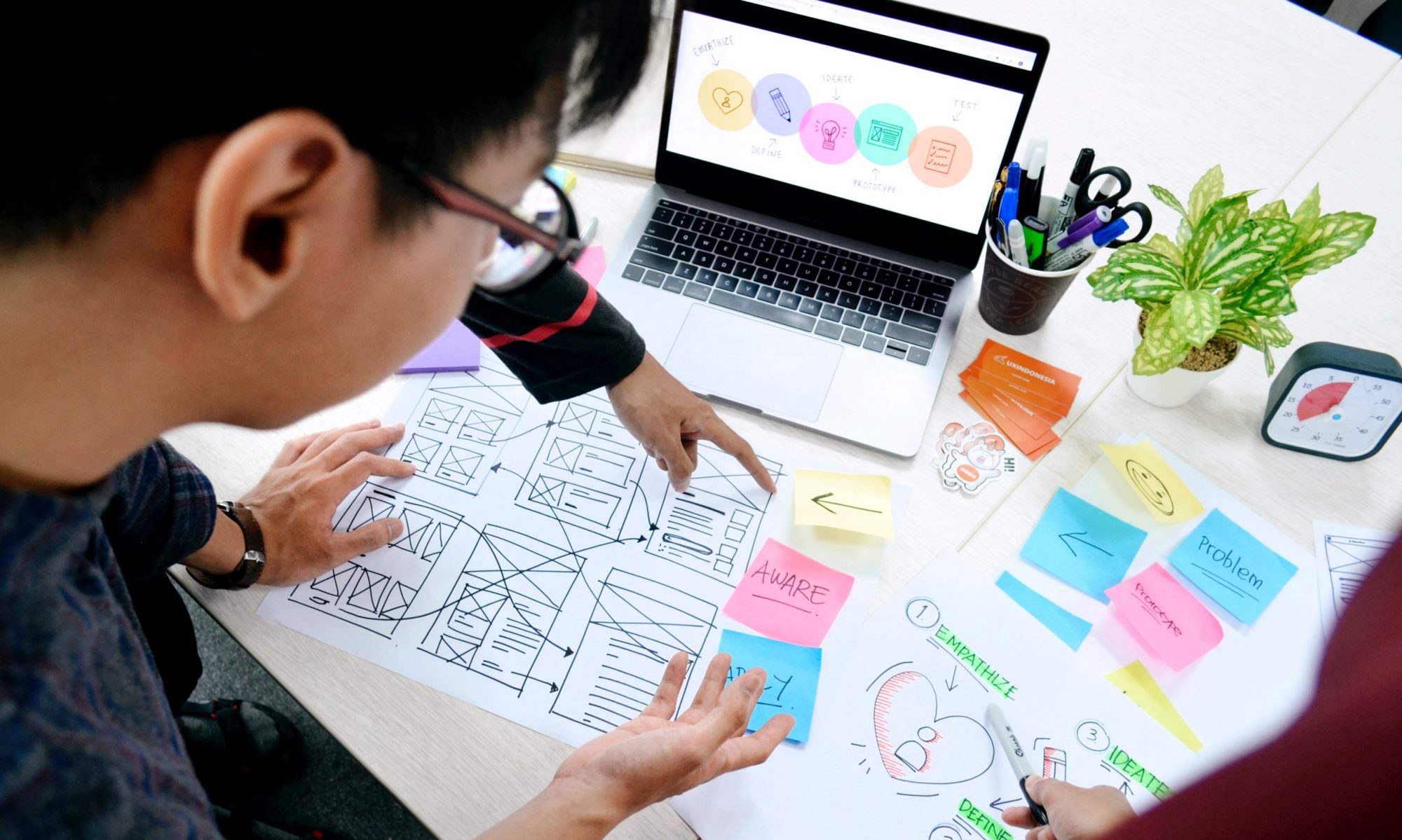The effects of the global pandemic have unfolded so differently from what we first thought when the College closed for an “extended spring break” last March.
I’ve just trashed a draft of a post I began back then and next updated in May without ever publishing it. Too many things changed too often to be able to capture how users were engaging with our services, much less learn how we might improve them.
Similar to many other colleges, Swarthmore students did not return to campus last spring and most have not returned this fall. Instead, a new, completely different semester has begun.
Library services have shifted fundamentally – at first to online only, next to a request system for “curbside” pick-up of print materials, and just as of this past Monday, to a hybrid world of both online and in-person use of our collections, services and spaces (while maintaining the materials pick-up option.)
While most of us worked from home, my colleagues in the Access + User Services Department, along with co-workers in Collection Management + Discovery have done heroic work to find and make available digitally accessible copies of required course materials so that students remaining off campus could continue to have access to class materials and do research. Research and Instruction Librarians have revamped their former in-person practices, transforming them to the virtual environment. Some of us have needed to return to the libraries to work regular hours, putting ourselves more at risk for catching the virus.
As these changes occurred, we hastily wrote “temporary” FAQ Documents for our community (which we continue to update regularly) instructing people how to access library materials, how they can reach us with questions, to let them know what they may borrow and what to expect when the libraries open.
As the next normal unfolds, we’d like to move content from these short-term documents to our website, which was revamped over the summer as planned – unrelated to what is happening in the world.
What have these events and changes meant for the library experiences of our users? How do we know? What might we learn? Have the changes to the website (informed by usability session last year) demonstrably improved things? And perhaps most challenging, what research methods could I use that do not tax our users with One. More. Thing?
I do not yet have answers, but as a start, I moved our beloved, analog Comment Book online. I’m also planning usability sessions for the website recorded via zoom, inviting participants to share their screen.
It doesn’t seem like much, but I remind myself that within the context of what is happening in the world and in the country, every step we can take to make things clear, understandable and easier has value.
